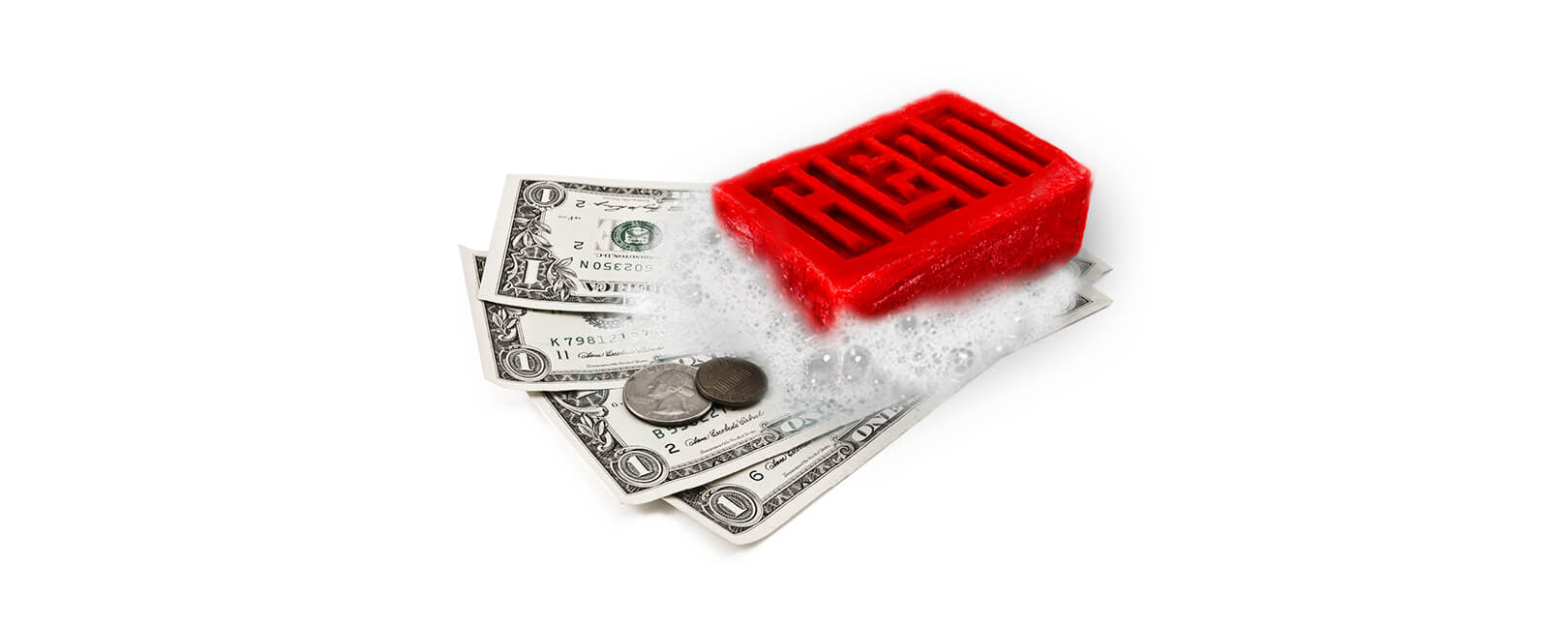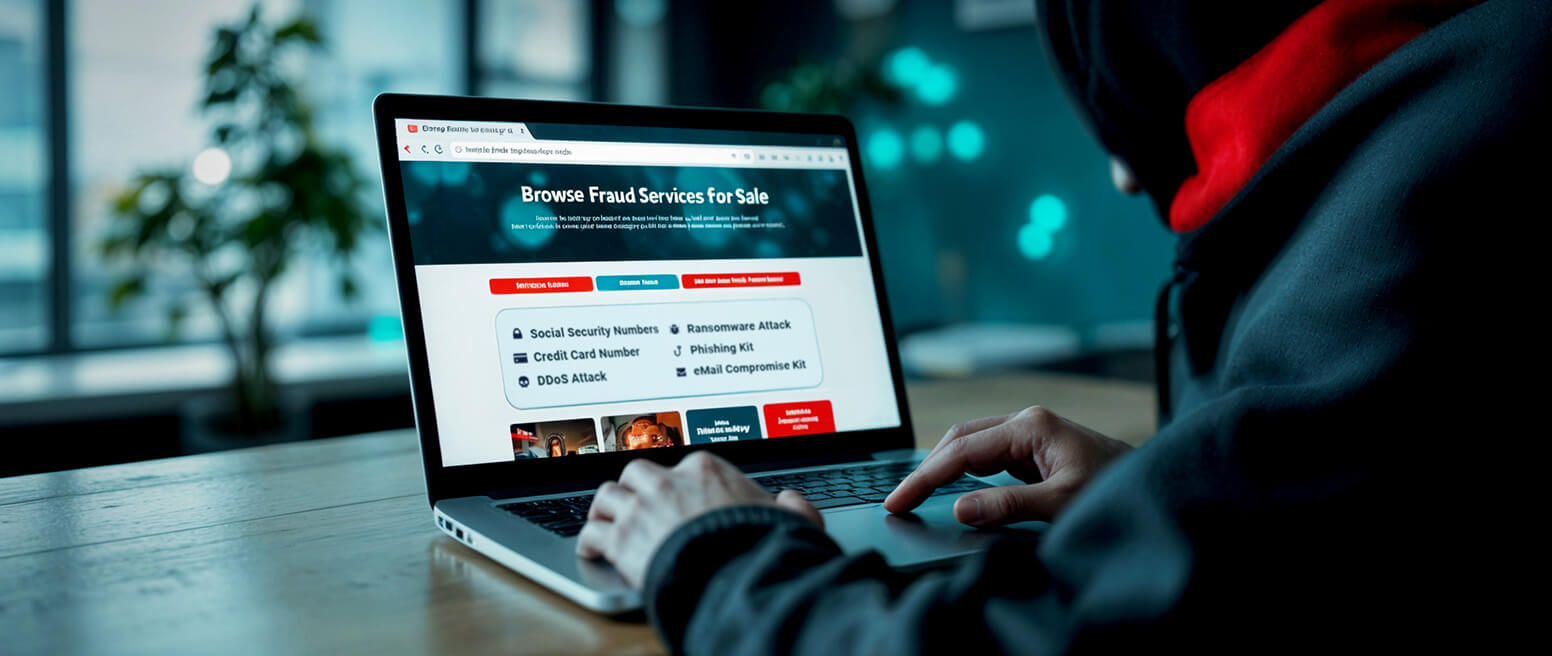What Makes Clean Fraud Different From Other Fraud Tactics? In Short: The Skill Involved.
Picture this: you get a purchase from a regular customer. Everything seems normal… but then weeks later, the buyer disputes the charge, claiming it was never authorized.
Is the buyer making this up to try and get something for free? Or, were you simply hit by a skilled clean fraudster?
“Clean fraud” is one of the most insidious challenges facing eCommerce merchants today. This fast-growing threat is typically the work of hardcore, professional fraudsters who know ways to circumvent the fraud-prevention tactics you put in place.
Because this criminal activity is difficult to detect and prevent—even with advanced technology—it can be devastating to your bottom line. So, what is clean fraud, and what can you do to protect yourself?
Recommended reading
- What is Wire Fraud? How it Works | Examples | How to Avoid
- The Top 10 Prepaid Card Scams to Watch Out For in 2025
- How do Banks Conduct Credit Card Fraud Investigations?
- Fraud as a Service: How it Works | Examples | Detection
- How Triangulation Fraud Works | Red Flags & How to Prevent
- Coupon Scams | Common Tactics & High-Profile Examples
What is Clean Fraud?
- Clean Fraud
Clean fraud refers to any fraud attack in which a fraudster uses a credit card to make a purchase, then manipulates the transaction so as to bypass fraud detection devices. The name refers to the fact that the transactions appear “clean” and will not be picked up by fraud filters or blacklists.
[noun]/klēn ● frôd/Sounds pretty straightforward, right? Well, the definition of clean fraud provided above short changes the level of experience and sophistication this tactic demands. So, with that in mind, it could be helpful to provide a little background information.
When making purchases using illegitimate credit cards, fraudsters have two primary tactics they can use. The first option is to create a synthetic identity.
Synthetic identity theft is a practice by which criminals take stolen information from multiple users, then combine with made-up data to invent fake cardholders. This has become harder to commit over the last few years, though, thanks to more algorithms and the use of artificial intelligence. These technologies allow for more accurate detection, exposing even small inconsistencies in fake profiles.
Learn more about synthetic identity theftThe fraudsters’ second option is clean fraud. The buyer makes purchases by impersonating real cardholders, using extensive amounts of stolen personal data (similar to account takeover fraud). These transactions appear valid, making them less likely to be caught by fraud detection tools. The actual cardholders typically won’t notice the discrepancy until they receive a monthly statement. By this time, the fraudster is already long gone.
How Does Clean Fraud Work?
Clean fraud attacks rely on one key component: legitimate cardholder data. And, the more data fraudsters can capture, the more easily they can attack you.
Background knowledge on how fraud prevention practices work is highly useful for fraudsters. It’s also helpful to know the specific fraud detection methods that targeted merchants deploy. None of it works, however, without the cardholders’ personal information.
The goal is to have enough legitimate data to be able to impersonate the user and act as them or as a new customer. In simple terms, this is how clean fraud works:
- The fraudster acquires both a payment card number and as much personal information about the cardholder as possible.
- The fraudster selects a target. The more they know about your fraud detection methods, the more tempting you become as a target.
- The transaction is completed using the stolen card number and matching personal information.
- The fraudster moves on, leaving you to deal with the chargeback later on.
This last step differs somewhat from typical fraud scams. It’s a highly skilled practice; clean fraudsters can leverage their expertise of typical fraud prevention technology to conduct transactions without raising any red flags (more on this later).
Of course, not all clean fraud is third-party fraud. A fraudster may engage in deliberate chargeback abuse to facilitate clean fraud. They could also provide false information without necessarily impersonating another user, through practices like fronting, check kiting, or muling.
How do Criminals Gain Access to Personal Data?
None of this would be possible if fraudsters couldn’t get their hands on card numbers and personal data. Unfortunately, cardholder data is easy to come by if you know where to look.
Phishing schemes, for example, work very well. This is why, despite the fact that phishing has existed for decades, it’s still one of the leading sources of compromised cardholder data. The fraudster, impersonating an authority figure like a store manager or government official, contacts a targeted cardholder, and the cardholder unwittingly gives up their data.
Phishing is still a popular practice. These days, however, clean fraudsters are more likely to purchase data in bulk from the dark web.
Clean fraud typically surges after any major data breach, as dark web marketplaces get flooded with stolen identities available for purchase. In some cases, this may include payment card/personal data combinations ready to be used. More often, fraudsters buy identities in bulk and will then card test and cross-reference them against other stolen information until they find a match.
What Makes Clean Fraud Different From Other Attacks?
In short: the skill level required.
Keep in mind, it’s called clean fraud because the fraudster often gets away “clean,” not because it isn’t harmful. In fact, its conciliatory nature is the very reason it is so difficult to identify and prevent. Odds are the fraudster will be long gone with your merchandise before the cardholder realizes any fraud occurred. At that point, the buyer files a chargeback and you, the merchant, have to pick up the tab.
Another aspect of clean fraud that sets it apart is that it is designed to look and feel exactly like a legitimate transaction. For example, Criminals engaged in synthetic fraud may have to try many combinations or make numerous attempts before being able to complete a transaction. At that point, they will usually go all-in, running as many purchases as possible before the fraud is discovered. They understand that once the bank or cardholder spots the scam, that data will be blacklisted and therefore useless.
This can be — but is not always — the case with clean fraud. Because the fraudulent act is disguised as a legitimate transaction, neither the cardholder nor the bank is likely to catch on immediately. This is especially true if it’s a merchant that the cardholder already visits frequently.
Fraudsters might be reserved in their abuse, or even try to emulate buyers’ typical patterns to avoid detection. They may be able to reuse the same card/data combinations for a longer period of time before the customer notices. To prolong the period before discovery, smart fraudsters won’t do anything to call attention to the card. They methodically make purchases from time to time, trying to avoid detection.
The bottom line: clean fraud is about the skill involved in avoiding detection, rather than about any one specific tactic or practice.
Tips for Detecting Clean Fraud
Clean fraud is exceedingly difficult to detect. In fact, enhancing preventative measures to combat clean fraud may backfire, costing you more in lost sales than would have been lost to fraud. That said, there are steps you can take to reduce risk:
How to Prevent Clean Fraud
The key to detecting and preventing clean fraud is to deploy the practices above as part of a broader strategy.
You have a finite pool of resources you can devote to in-house fraud detection, analysis, and prevention. You may also lack the expertise necessary to effectively diagnose and prevent fraud.
Only a multilayer fraud solution is capable of targeting the myriad of different fraud threat sources. Multilayer fraud detection can include fraud filters, user authentication, and chargeback mitigation, just to name a few.
Let’s be honest, though: there is so much involved in fighting fraud effectively. Merchants are unlikely to see great long-term benefits or substantial ROI without turning their fraud prevention over to experts. To learn how this works, and see how much you could be saving, contact Chargebacks911® today.
FAQs
What is clean fraud?
Clean fraud refers to any fraud attack in which a fraudster uses stolen credit card data to make a purchase, then manipulates the transaction so as to bypass fraud detection devices. The name refers to the fact that the transactions appear “clean” and will not be picked up by fraud filters or blacklists.
How does clean fraud work?
The goal is to have enough legitimate data to be able to impersonate the user and act as them or as a new customer.
In simple terms, the fraudster acquires both a payment card number and as much personal information about the cardholder as possible (more on that in a bit). The transaction is completed using the stolen card number and matching personal information. The fraudster moves on, leaving you to deal with the chargeback later on.
How can you prevent clean fraud from happening?
The key to detecting and preventing clean fraud is to deploy the practices above as part of a broader strategy. You have a finite pool of resources you can devote to in-house fraud detection, analysis, and prevention. You may also lack the expertise necessary to effectively diagnose and prevent fraud.
Only a multilayer fraud solution is capable of targeting the myriad of different fraud threat sources. Multilayer fraud detection can include fraud filters, user authentication, and chargeback mitigation, just to name a few.















